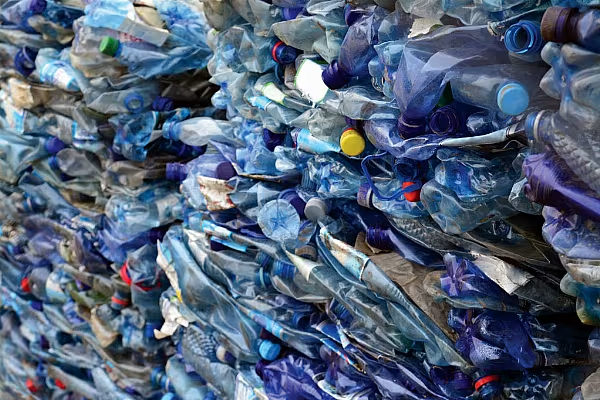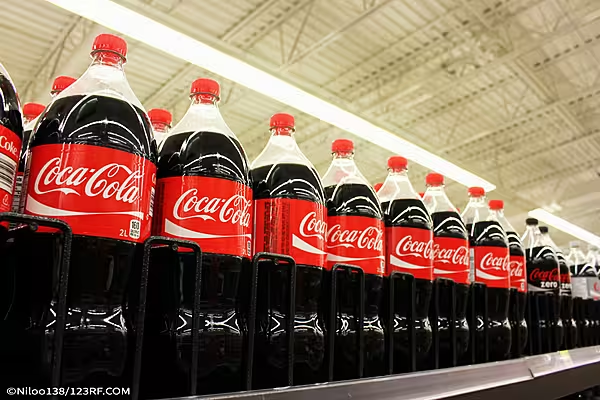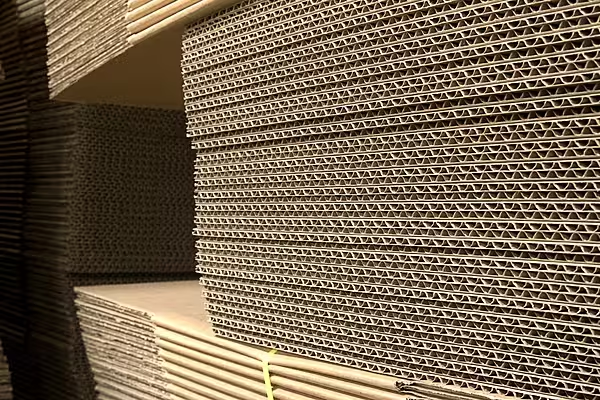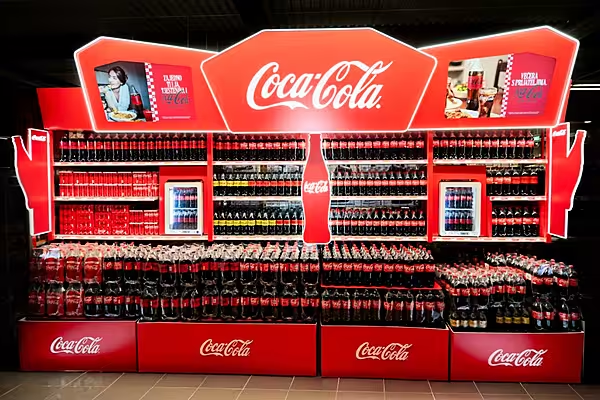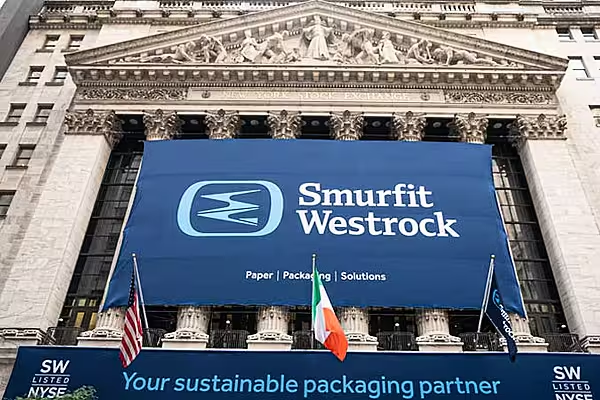A new study by ECR Austria, alongside the University of Applied Sciences Vienna, has found that while many major brands and retailers have set ambitious sustainability targets when it comes to packaging, the processes are far from simple. ESM reports. This article first appeared in ESM Issue 3 2019.
As the industry strives to achieve a circular-economy mindset when it comes to product packaging, those at the coalface should pay more attention to packaging’s entire life cycle, rather than just the end use.
That’s according to a new report by the University of Applied Sciences Vienna, alongside ECR Austria, which weighs up a number of design recommendations for recyclable packaging.
Circular Economy Action Plan
In March, the European Union formally adopted the Circular Economy Action Plan, which seeks to sketch out the challenges and opportunities as member nations work towards developing a climate-neutral, circular economy. Within this, there is the European Strategy for Plastics in a Circular Economy, which outlines that, by 2030, all plastics should be recyclable, as well as seeking to transform how plastic and plastic products are designed, produced, used and recycled.
With this in mind, the university’s Circular Packaging Design Guideline: Design Recommendations for Recyclable Packaging report offers a quick reference guide for what packaging materials should and should not be used when packing certain product categories.
Meeting Targets
As the Austrian study finds, while many suppliers wax lyrical about closed-loop recycling processes and the reuse of materials as a substitute for virgin materials – for example, rPET – there is still a lot to do to ensure that the European Union’s targets can be met. Indeed, some firms are even making promises that are currently unachievable, according to modern technology.
As Manfred Tacker, who heads up the packaging and resource management department at the University of Applied Sciences Vienna tells ESM, with new technologies coming on stream all the time, it is increasingly difficult for brand owners and retail chains to stay on top of the latest innovations.
“There’s still a lot to learn,” Tacker explains. “With plastic packaging, for example, there are very few circular solutions on the market where you can close the loop, from cradle to grave, and to cradle again.
“Many companies are making pledges that are not based on scientific criteria at the moment because, for many applications, there are no circular solutions available yet. The year 2030, when, according to European legislation, only recycled plastic packaging should be on the market, is very far away, but some retailers have pledged to stop using non-recyclable plastic packaging by 2025, or even 2022, which isn’t very far away.”
Tacker believes that it is “very unlikely” that sufficient recycled plastic packaging will be on the market by 2022, simply because the technology isn’t there yet.
“If you use multilayer plastic packaging, it is not currently possible to recycle that mechanically. The technology to recycle it is just starting to be developed,” he says.
Changing The Dialogue
As Tacker, who is also involved in Pack-Force Austria – an association that promotes joined-up thinking across the packaging life cycle – and his team explain in the Circular Packaging Design Guideline: Design Recommendations for Recyclable Packaging report, producers need to look at the whole life cycle of a specific packaging solution and assess the sustainability and environmental credentials therein – something that goes beyond just recycling.
“Businesses are focusing on recycling, but they are not focusing on life cycle assessment, carbon footprint, water footprint, and so on,” Tacker explains. “It’s not about the goal, it’s about the method.
“The problem is, there’s no simple, concise definition of packaging and its role in the circular economy that applies to all markets.”
Indirect Influence
The indirect effects of packaging reformulation should also be considered. While product packaging may be reconfigured to be more environmentally friendly, could it indirectly lead to a reduction in freshness, and, consequently, more food waste?
Tacker uses the example of liquid yoghurt drinks, saying, “When liquid yoghurt is packaged in a PET bottle and consumed, you are still left with 8% to 10% of the product left inside the bottle that clings to the sides of the packaging,” he says.
“Taking a holistic viewpoint, you should weigh up whether the carbon footprint of all that food waste is greater than the carbon footprint of the packaging, and come up with a solution that is more efficient, but many companies just focus on the packaging.”
Similar caution should be taken with glass. While refillable bottles are a reliable, low-carbon-footprint solution, single-use glass bottles, or bottles that are reconstructed from recycled materials, boast a higher carbon footprint, potentially negating a firm’s environmental aspirations.
Other packaging flourishes, such as the application of PET sleeves on PET bottles, can interfere with the recycling process, as can heavily laminated paper or paper containing adhesives.
Quick Wins
Tacker does offer, however, a few quick wins that firms can apply to their packaging processes in order to improve sustainability. Black plastic packaging, for example, should be avoided at all costs “because it cannot be separated in the recycling stream,” he explains. Similarly, rare packaging materials, such as PVC and polystyrene, should be avoided because they “cannot be economically recycled, in most cases.”
On PET, Tacker says that while firms can, in principle, construct packaging comprised of as much as 70% to 80% recycled PET –Coca-Cola has set out its plans to develop a 100% recycled bottle – a dearth of materials compounds the issue.
“At the moment, there is simply not enough recycled material available,” says Tacker, “so recycling firms need to increase their volumes.”
Most of all, however, he argues that, in order for packaging goals to be realised, greater product and packaging harmonisation is needed, starting with the European market.
“If you are a multinational company, you don’t want to produce one type of packaging for the Netherlands and another for the UK, and another for Ireland,” he says. “We are working with brand associations and recycling associations to try to achieve a few steps in the right direction.”
To read the full report, visit www.tinyurl.com/circularpackagingvienna
© 2019 European Supermarket Magazine – your source for the latest retail news. Article by Stephen Wynne-Jones. Click subscribe to sign up to ESM: The European Supermarket Magazine.
